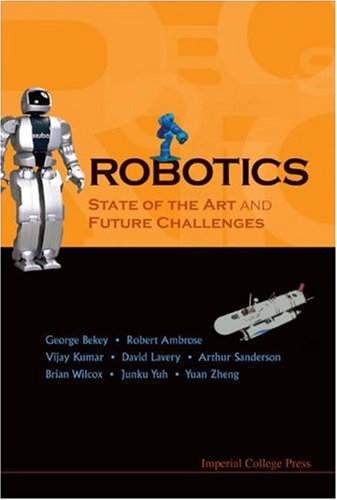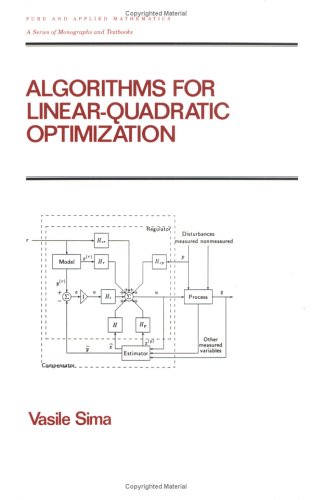George A. Bekey9781848160064, 1848160062
Contents: Robotic Vehicles; Space Robotics; Humanoids; Industrial, Personal, and Service Robots; Robotics for Biological and Medical Applications; Networked Robots.
Table of contents :
CONTENTS……Page 6
1. Introduction……Page 10
2.1.1 What are robotic vehicles?……Page 20
2.1.2 Why are robotic vehicles important?……Page 21
2.1.3 How do robotic vehicles work? What are the key technologies for mobility?……Page 24
2.2.1 Mechanisms and mobility……Page 27
2.2.3 Computation and control……Page 28
2.2.4 Sensors and navigation……Page 31
2.3.1.2 Space robotic vehicles……Page 33
2.3.1.4 Undersea robotics……Page 35
2.3.2 Research on robotic vehicles — Japan and South Korea……Page 36
2.3.2.2 Biomimetic mobility……Page 38
2.3.3 Research on robotic vehicles — Europe……Page 39
2.3.3.1 Navigation and architectures……Page 41
2.3.3.3 Personal and service robotics……Page 42
2.4 Comparative Review of Programs……Page 44
2.5 Further Readings……Page 46
3.1 What is Space Robotics?……Page 48
3.2.1 How are Space Robots created and used? What technology for space robotics needs to be developed?……Page 50
3.3 International E.orts in Space Robotics……Page 64
3.4 The State of the Art in Space Robotics……Page 72
References……Page 77
4.1 Background……Page 78
4.2.1 Form and function……Page 79
4.3.1 Design, packaging, and power……Page 80
4.3.2 Bipedal walking……Page 82
4.3.3 Wheeled lower bodies……Page 84
4.3.4 Dexterous limbs……Page 85
4.3.6 Human–robot interaction……Page 87
4.4 Key Technologies……Page 89
4.7.1 Quantitative observations……Page 90
4.7.2 Qualitative observations……Page 94
4.8 Conclusions……Page 95
References……Page 96
5.1 Introduction……Page 98
5.2 Market Analysis and Trends……Page 100
5.3 State of the Art in Theory and Practice……Page 101
5.4.1 United States……Page 103
5.4.3 Japan and Korea……Page 104
5.4.4 Australia……Page 105
5.5.1 Relative strengths……Page 106
5.5.2 Qualitative observations……Page 108
5.6 Future Challenges……Page 109
References……Page 110
6.2.1 Biological applications……Page 112
6.2.2 Medical applications……Page 113
6.2.3 Robotic tools, devices, and systems……Page 115
6.2.4 Key technologies……Page 116
6.2.5 Fundamental research challenges……Page 118
6.3.1 United States……Page 119
6.3.3 Europe……Page 120
6.4.2 Qualitative observations……Page 124
6.5 Conclusions……Page 125
References……Page 126
7.1 Introduction……Page 128
7.2 Significance and Potential……Page 131
7.3 State of the Art in Theory and Practice……Page 133
7.4 Scientific and Technical Challenges……Page 136
7.6 Future Challenges……Page 137
References……Page 138
Authors’ Biographies……Page 140
Index……Page 148







Reviews
There are no reviews yet.